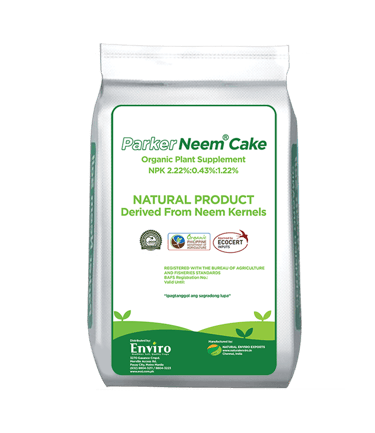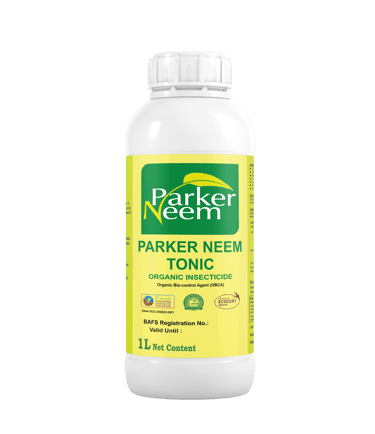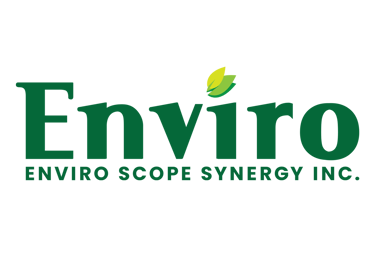The Organic Edge: Vital Roles of Organic Fertilizers & Insecticides in IPM
The core advantage, or "Organic Edge," in Integrated Pest Management (IPM) lies in the symbiotic roles of organic fertilizers and organic insecticides (biopesticides) in building farm resilience and enabling truly sustainable control. Organic fertilizers foster a healthy, vigorous crop by boosting soil biodiversity and providing slow-release, balanced nutrition. This strengthens the plant's natural defenses, making it less susceptible to pests in the first place, thus serving as the ultimate preventive measure within the IPM framework. When pest populations exceed economic thresholds, biopesticides offer targeted, low-toxicity intervention. These products break down quickly, minimizing environmental harm and, critically, preserving the beneficial insects (natural predators and pollinators) that are essential for long-term biological control. By protecting the ecosystem's own pest-management capabilities, the combined use of these organic tools reduces the risk of pesticide resistance and ensures the sustainability and long-term effectiveness of the entire IPM strategy.
Building Resilience & Sustainable Control
IPM is an ecosystem-based strategy.
Focuses on long-term prevention of pests.
Uses a combination of techniques: cultural, mechanical, biological, and chemical.
Emphasizes minimal environmental impact and human health risk.
Goal: Reduce pest populations below an "economic injury level" while preserving ecological balance.
Integrated Pest Management (IPM)
The Integrated Pest Management of controls from prevention to intervention
1.Cultural & Preventive: (e.g., healthy soil, resistant varieties)
2.Mechanical & Physical: (e.g., traps, barriers, hand-picking)
3.Biological: (e.g., beneficial insects, microbial agents)
4.Chemical: (e.g., targeted sprays, last resort)
The combination of organic fertilizers and organic insecticides provides a holistic and vital one-two punch within Integrated Pest Management (IPM), addressing both
1. Organic Fertilizers: The Role in Prevention (Cultural Control)
Organic fertilizers are crucial in IPM for Prevention and Cultural Control. Their main function is to grow a resilient, healthy plant that naturally resists pests, making direct control a last resort
Organic Fertilizers: The Foundation of Prevention
Organic fertilizers are crucial for Cultural & Preventive Controls.
They don't just feed the plant; they feed the soil.
Mechanism: Slow-release nutrients, enhanced soil microbial activity, improved soil structure.
Organic Fertilizers Prevent Pests
Steady, Balanced Growth: Avoids succulent, rapid growth that attracts sucking pests (aphids).
Enhanced Plant Defenses: Stronger cell walls, better ability to produce natural defensive compounds.
Resilience to Stress: Healthy plants are better able to recover from minor pest attacks or environmental stressors.
Supporting Beneficial Soil Microbes: These can suppress root diseases and support plant health.
Organic Fertilizer: Parker Neem Cake a natural soil enhancer & pest deterrent
Derived from neem seeds after oil extraction.
Provides slow-release nitrogen and other nutrients.
Dual Benefit: Contains natural compounds (like azadirachtin) that act as a systemic pest deterrent when absorbed by roots, making plants less palatable to certain pests.
Also helps in nematode control and improves soil structure.


2. Organic Insecticides: The Role in Control (Chemical Last Resort)
Organic insecticides serve as the necessary Chemical Control in the IPM hierarchy, to be used only when monitoring shows pest populations have crossed an established Action Threshold and non-chemical methods have failed.
Organic Insecticides: The Targeted Intervention
Used only when monitoring indicates pest populations have crossed an action threshold."
Crucial for: Chemical Controls – but with a "soft touch."
Goal: Reduce pest numbers effectively while minimizing harm to beneficial insects, pollinators, and the environment.
Advantages of Organic Insecticides in IPM
Low Residual Effect: Breaks down quickly, reducing long-term environmental contamination.
Selective Action: Many are less harmful to non-target organisms (beneficials, pollinators) compared to broad-spectrum synthetics.
Resistance Management: Offer diverse modes of action, crucial for preventing pests from developing resistance to a single type of control.
Supports Biological Controls: Allow natural predators and parasites to continue their work.
Organic Insecticide: Parker Neem Tonic
Derived from the neem tree and karanja tree, containing concentrated azadirachtin Acts as an anti-feedant, repellent, and insect growth regulator.
Pests stop feeding, stop reproducing, and their life cycle is disrupted.
Often less harmful to adult beneficials, as it primarily affects pests that ingest it.
Biodegradable and environmentally friendly.


Pheromone Lures and Traps: IPM Sneak Attack!
Monitoring and Decision Making (The Primary Role)Acts as an anti-feedant, repellent, and insect growth regulator.
Direct Control (Secondary Roles)
Environmental and Safety Benefits
The Synergy: Fertilizers + Insecticides in IPM is a powerful, sustainable partnership.
Organic Fertilizers: Reduce the need for insecticides by creating healthy, resilient plants (Prevention).
Organic Insecticides: Provide safe, effective intervention when prevention isn't enough, without undoing the ecological benefits built by healthy soil (Control).
Together, they embody a truly integrated and sustainable approach to pest management.
© 2025. All rights reserved.
Get in touch
Address
3270 Gasanco Compound, Merville Access Road, Pasay City Philippines
Landline
+632 8804 3211 / +632 8804 3223
Mobile Number
+63 9931797614
Follow Us
Content
For Customer Service and Purchases
info@essi.com.ph


